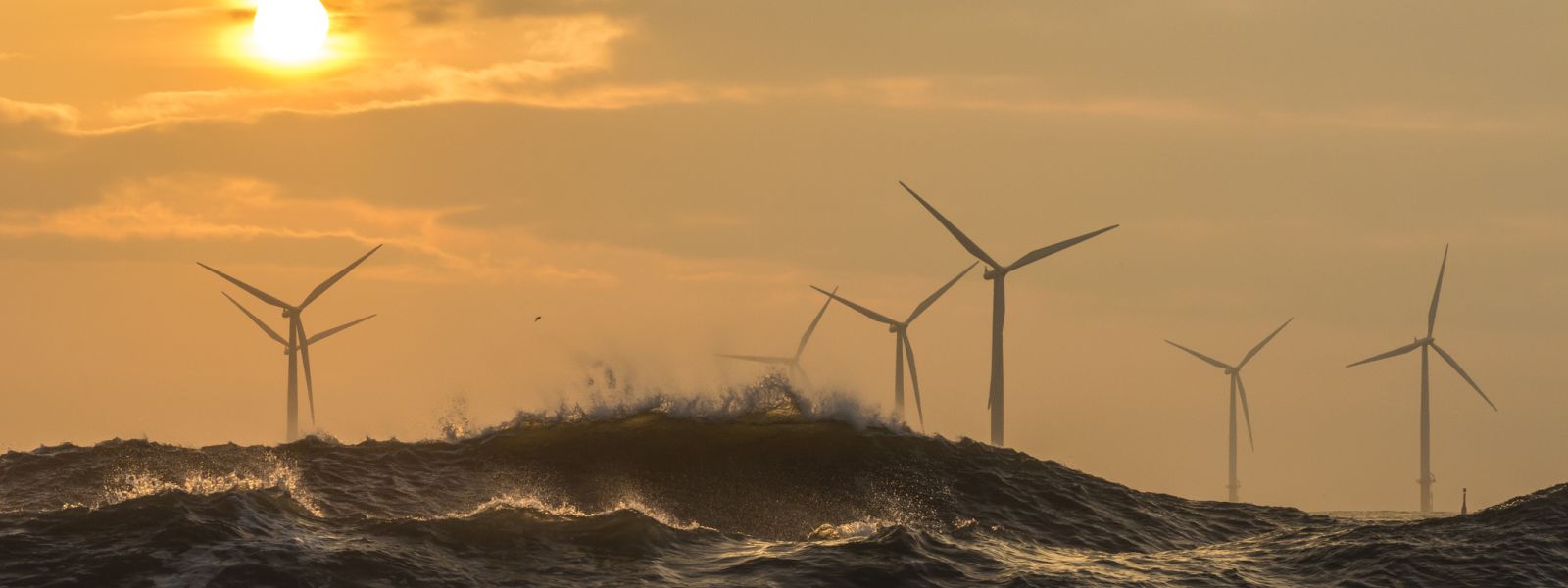
A major ‘Prosperity Partnership’ project, awarded to a consortium of partners led by SP Energy Networks and the University of Strathclyde, has received industry and government funding of almost £10 million.
The project will create a ‘digital twin’ of future multi-vector energy networks, and will assist with the drive to meet the UK’s 2050 net zero emissions objectives.
Achieving a net zero energy system is a complex and challenging task, involving integrating a variety of renewable energy sources, decarbonised loads, and non-electrical energy vectors – such as wind, solar, tidal, geothermal, hydrogen, plus electrified transport and heating – into an integrated system that is reliable, resilient and affordable.
Digital twins – virtual representations of physical systems and environments which allow engineers and scientists to model, test and analyse scenarios before applying them in the real world, and to also make decisions in real time based on observed and anticipated behaviour informed by the twin – will play a key role in designing and operating such future energy systems.
New knowledge
The ENSIGN: Energy System Digital Twin project is being funded by the Engineering and Physical Sciences Research Council’s Prosperity Partnership Fund, with matched funding from SP Energy Networks and contributions from several other organisations.
Partners in the four-year project include the University of Glasgow, University of St Andrews and Heriot-Watt University, UK Power Networks, D’Arcy Thompson Simulator Centre, National Grid Electricity Transmission, and the National HVDC Centre, and the project will create more than 20 new, highly-skilled, academic research jobs and PhD positions.
It will deliver new knowledge and understanding of future energy systems, and will integrate real-time modelling, Artificial Intelligence and Machine Learning to help introduce and progress the application of Digital Twins closer to ‘business as usual’.
Professor Campbell Booth of Strathclyde, said: “I am delighted to receive funding for this exciting project. This Partnership will create an Integrated Energy System-Digital Twin (IES-DT) to facilitate reliable, resilient, affordable, low-carbon, multi-vector energy systems of the future.
“The project will deliver understanding, knowledge, visibility and applications that are urgently required to facilitate accurate and informed decision-making, risk management, and functions required for effective design and operation of future multi-vector energy systems. It will be used by future system operators to balance supply and demand in a very different future energy system context.”
As the first energy provider to receive this category of EPSRC funding, SP Energy Networks is focusing on reducing costs, improving network resilience, and enhancing strategic planning. The research findings from this project will be made available to distribution network operators and their supply chains across the UK and further afield.
James Yu, Head of Innovation at SP Energy Networks, and the industry lead in the Partnership, said: “In our pursuit of becoming global leaders in the net-zero energy transition, teamwork plays a vital role. It is a privilege to have access to the academic expertise of the team, and the opportunity to collaborate and represent the industry. Together, we can work towards realising our ambitious goals.”

